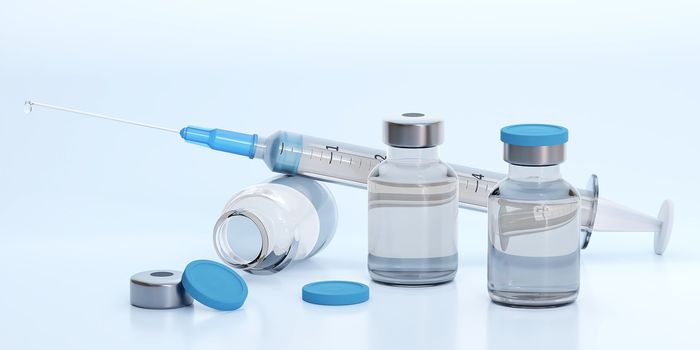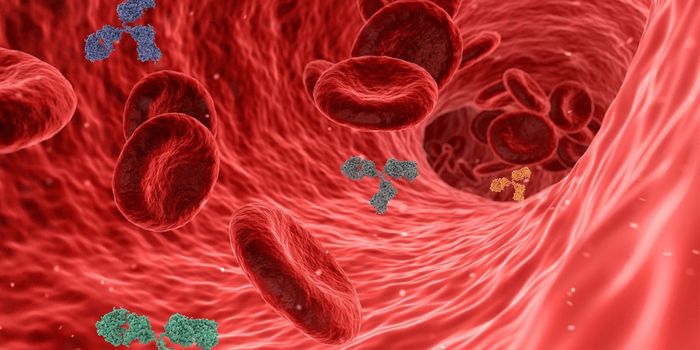Adjusting Pricing Model for Novel Cancer Treatments
Current cancer drug or therapy pricing models have been based on a “one drug-one price” model but is that the best pricing model for the future of cancer drugs? Cancer treatments are incredibly costly and depending on the diagnosis, more or fewer resources are spent on the research to bring a drug to market. Part of that premise is to fortify the “one drug-one price” model by choosing to research drugs for the diseases that affect the most people. This leads to increased revenue from the larger patient population utilizing that medicine when it gets to the market. Additionally, drugs that work for one cancer or disease may work for another with lesser gains but still provide benefit to patients. One novel pricing model, known as “indicator-based pricing”, is causing many to stop and ask about changing the way medicines are priced; essentially, the indicator-based pricing model suggests it could better align reimbursement (on the insurance side) or cost (on the pharmaceutical side) with value and market size.
Many drugs currently on the market are approved by the FDA to treat different diseases. According to a 2015 Institute for Clinical and Economic Review Report, “…despite different clinical benefit across indications, the reimbursement system in the United States, rooted in a history of pricing by dosing unit, assigns a single uniform price to a drug, no matter how it is used.”
Novartis created a chimeric antigen receptor T-cell (CAR T-cell) therapy, Kymriah, for pediatric acute lymphoblastic leukemia (ALL); the drug was approved in August 2017 for patients under the age of 25. It was recently approved again for large B-cell lymphoma. According to some reports, Novartis is beginning to utilize an indicator-based pricing model for this therapy. For large B-cell lymphoma patients, the one-time treatment price is nearly $375,000, whereas the price for a pediatric ALL patient adds $100,000 to that price.
In March of 2017, a group of subject matter experts from the biopharma and insurance industries, oncology practitioners, patients and patient advocates, and healthcare organizations were convened for the President’s Cancer Panel as part of the National Cancer Program. This group discussed strategies for sustainable access to high-value cancer drugs. All participants could agree that policies and practices should be developed to help lower the cost burden of treatments for patients, despite having differing priorities.
This is a controversial topic with proponents for and against this new pricing model. There is certainly a cost containment challenge and begs the question, “Who benefits from this new model?” Technology, personalized medicine, piles of data, better avenues for diagnosis, and a continued rise in healthcare costs for all requires new ideas and attempts at sustainability. The more opportunity there is to put ideas on the table, the more potential to create something that works.
DrugAbacus is a website where anyone can compare a drug’s actual price to its value; the site’s creator is Peter Bach of Memorial Sloan Kettering Cancer Center in New York. Dr. Bach speaks about this issue in the video below.
Sources: President’s Cancer Panel, Nature Reviews Clinical Oncology, Oncologist, Business Insider, PharmExec.com, DrugAbacus,









